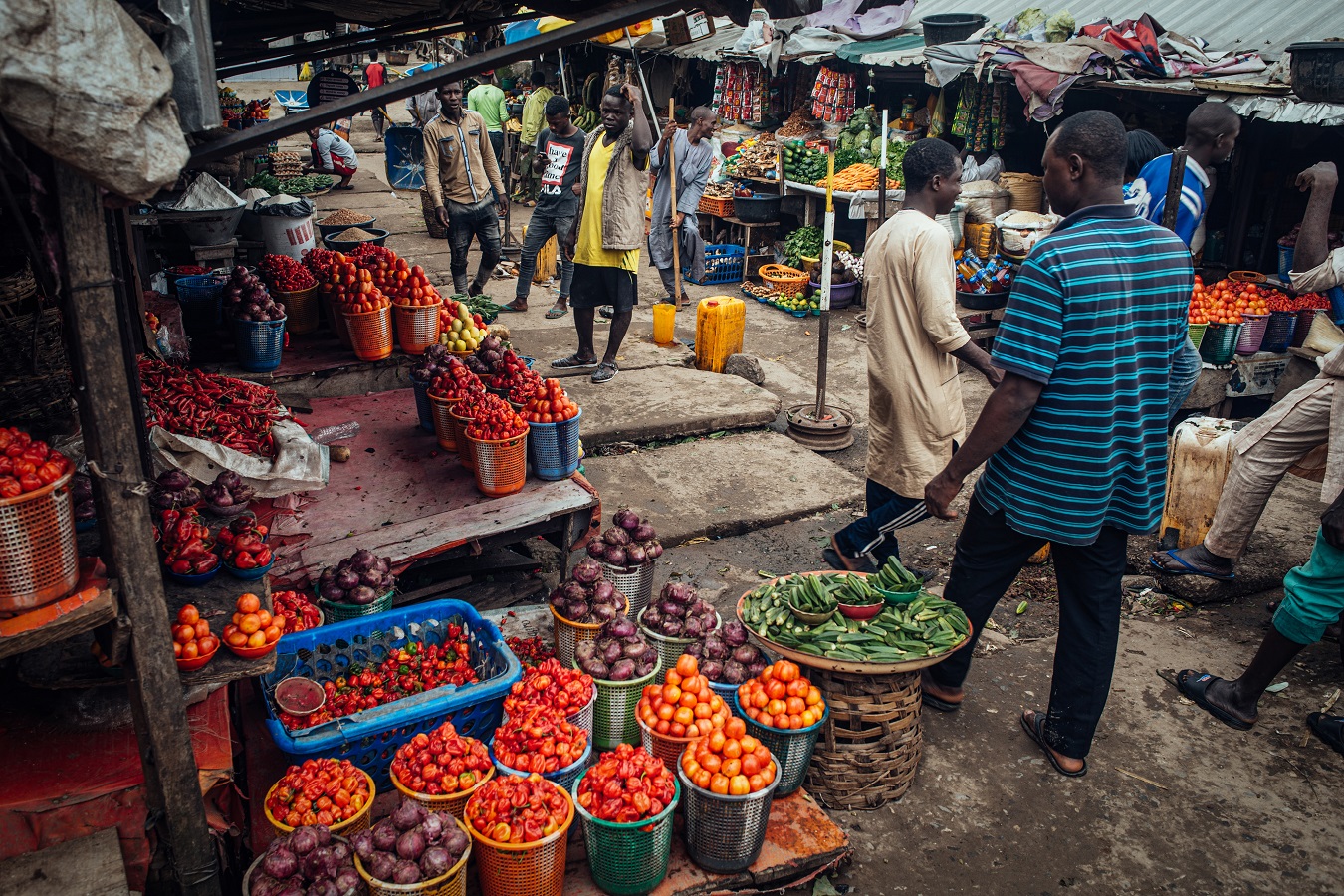Economy
“Venezuela, Nigeria” – Top 10 countrys with the highest food Inflation rates in 2023

As the world evolves, economic challenges continue to reshape the dynamics of nations, impacting their citizens’ access to basic necessities.
The year 2023 has seen several countries grappling with an alarming rise in food prices, a crisis that has far-reaching implications for their economies, societies, and overall well-being.
The World of Statistics, a reputable source for data-driven insights, has compiled a list of the top 10 nations with the highest food inflation rates in 2023.
In this article, we delve into the specifics of each country’s situation and the underlying factors contributing to their food inflation predicaments.
1. ?? Venezuela: A Struggle for Survival
At the forefront of this list is Venezuela, where the food inflation rate has skyrocketed to a staggering 403%. The nation has been grappling with an array of challenges including hyperinflation, political instability, and economic sanctions. The combination of these factors has led to a severe shortage of essential goods, leaving the population struggling to afford even the most basic items.
2. Lebanon: Economic Meltdown
Lebanon follows closely with a food inflation rate of 278%, a reflection of its ongoing economic meltdown. The country is mired in a complex web of issues including political instability, a currency crisis, and high levels of unemployment. These circumstances have culminated in the rapid devaluation of the Lebanese pound, making it increasingly difficult for the average citizen to purchase food.
3. Argentina: Battling Inflation
Argentina, with a food inflation rate of 116%, finds itself contending with persistent economic challenges. Inflation, currency depreciation, and high levels of public debt have collectively driven up the cost of living. The result is that many Argentinians are finding it increasingly difficult to afford basic food items.
4. Egypt: Navigating Complexities
Egypt faces a food inflation rate of 68.4%, reflecting the intricate balance between its population’s needs and its economic complexities. With a large and growing population, Egypt must ensure that food remains affordable for its citizens while tackling high levels of poverty and unemployment.
5. Turkey: Inflation Pressures Persist
Turkey’s food inflation rate stands at 60.72%, a reflection of ongoing inflationary pressures and economic uncertainties. The country has faced fluctuating exchange rates, political uncertainties, and structural economic challenges that collectively contribute to rising food prices.
6. Pakistan: Striving for Stability
Pakistan’s food inflation rate of 39.52% underscores its ongoing efforts to achieve economic stability. The country faces challenges such as poverty, unemployment, and reliance on sectors like agriculture that are susceptible to climate changes. These factors contribute to the increasing cost of food.
7. Iran: Navigating Sanctions
Iran, with a food inflation rate of 37.1%, confronts the impact of economic sanctions, high unemployment rates, and currency devaluation. These factors collectively drive up the prices of essential goods, putting additional strain on Iranian citizens.
8. Nigeria: Struggles Amidst Unrest
Nigeria grapples with a food inflation rate of 26.98%. The country faces a combination of economic struggles, including high unemployment rates, poverty, and security challenges. These issues contribute to the rising cost of food items, making them less accessible for many Nigerians.
9. Hungary: Regional and European Dynamics
Hungary, with a food inflation rate of 22%, navigates economic challenges unique to the context of Europe. The nation’s economy is influenced by regional dynamics, European Union policies, and domestic economic factors that collectively contribute to fluctuations in food prices.
10. Estonia: A European Perspective
Estonia, despite being a part of the European Union, faces a food inflation rate of 16.4%. The nation’s economic realities, including reliance on imports and other internal factors, play a role in shaping its food price dynamics.
Factors Underpinning High Food Inflation Rates
Several common factors contribute to the high food inflation rates in these nations:
1. Economic Instability: Many of these countries grapple with economic instability stemming from factors such as currency devaluation, political uncertainty, and high levels of debt.
2. Unemployment and Poverty: High levels of unemployment and poverty limit the purchasing power of citizens, making basic necessities, including food, increasingly unaffordable.
3. Climate and Agriculture: Vulnerabilities in the agricultural sector due to climate change can disrupt food supply chains, leading to price fluctuations.
4. Global and Regional Dynamics: International factors such as economic sanctions, trade policies, and regional conflicts can significantly impact a country’s economic performance and subsequently contribute to rising food prices.
5. Currency Depreciation: Currency depreciation can result in higher costs for imported goods, including essential food items.
The World of Statistics’ compilation of the top 10 nations with the highest food inflation rates in 2023 paints a stark picture of the economic challenges faced by these countries.
The critical interplay of economic, political, and regional factors has resulted in soaring food prices, placing immense strain on citizens’ lives and well-being. As these nations grapple with the complexity of their economic landscapes, it becomes imperative for governments, international organizations, and global communities to collaborate on sustainable solutions that alleviate the burden on citizens and pave the way for greater economic stability and prosperity.


